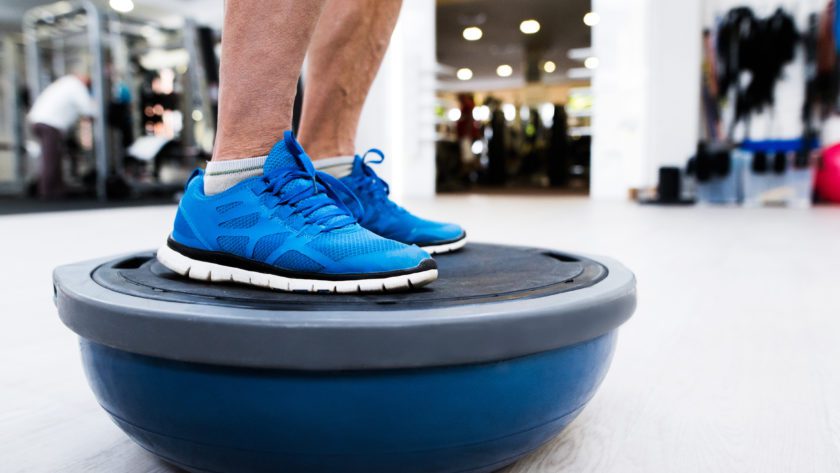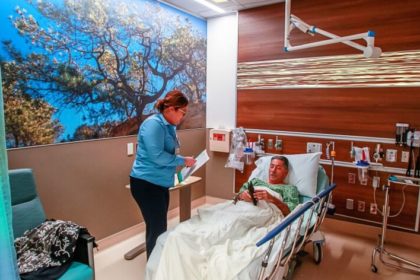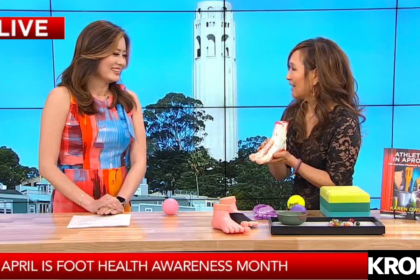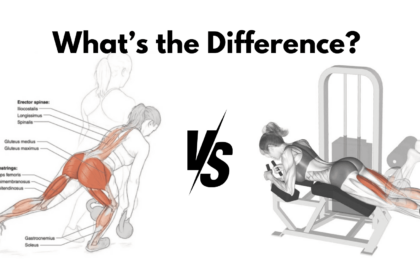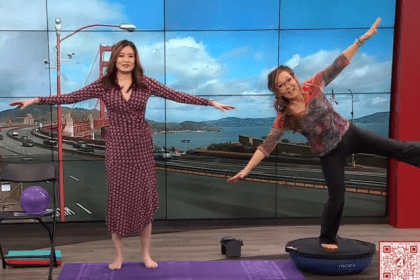UPDATE: According to the Centers for Disease Control and Prevention, one out of three ‘Beyond Boomers’ (seniors 65 years and older) fall each year. Falls are the leading cause of injury deaths among older adults.
In 2010, direct medical costs of falls totaled over $28 billion. By urging Baby Boomers to get back to the basics of proper walking and posture, this problem can be prevented.
The Classic “Old Man’s Walk”
If you’ve ever noticed how many seniors walk, their heads are jetted forward, shoulders are rounded, eyes pointed down, and they’re bent forward at the waist. Walking this way shifts their center of gravity forward making them doubly prone to toppling over.
Worse yet, they walk flat-footed (rather than walk heel to toe), so they never shift their weight from one leg to the other. ‘Shuffling’ the feet in this way diminishes balance and lower leg strength.
Balance Training
Seniors often fall when they lose their balance resulting in fractures or sprains. Exercises where you put yourself in a position of instability are the key to sharpening your awareness and controlling your muscles. Such exercises include:
- Standing on one leg
- Rocking on your heels to toes
- Standing on an unstable surface
Risk Factors for Imbalance
Seniors may have vision problems, multiple medications, cognitive changes, and confusion that can affect balance. If you’re at risk, talk to your physician.
Weak Muscles
You cannot have good balance when your muscles are weak. Not only are seniors vulnerable to falls, but young 30-somethings who sit at a desk all day are at risk of falling too! Falls can result in serious fractures and head traumas and are largely preventable.
Stability
Your muscles not only help you lift heavy things, but hold your body erect when standing. The muscles involved in a stabilizing capacity aren’t directly involved in a movement, but help keep you steady so your primary muscles can do the work. Muscle stabilization and strength training are essential to preventing injuries.
Strong Torso
Your core muscles are the power behind all of your movements and the source of stability. They include your abdominal muscles and those of your back, hip, and buttocks. Seniors start leaning forward and develop poor posture because the muscles aren’t strong enough to literally hold them upright anymore.
Strengthening your core muscles, i.e., the muscles that stabilize your spine from the pelvis to the neck and shoulder, is essential to staying healthy, active and independent. See Why You Need a Strong Core.
Core Exercises

Incorporating equipment to workouts like stability balls, BOSU balls (looks like a ball cut in half with a platform on the bottom and can be used with the bubble side up or down), foam roller, and wobble boards can build balance and core strength.
You need a strong back, abdominals and buttocks to support your spine when you sit, stand, walk, bend over, pick things up, exercise, get out of bed, walk up/down stairs, and even get up from a chair.
Walking
Routine walking is ideal for many older adults. It’s an exercise that will help reinforce and practice proper posture and walking mechanics as well as strengthen walking-specific muscles.
![]() Karen’s Fit Tip: Retraining your body to walk and stand in the senior years can lead to being less wary of moving about and being more capable of taking care of yourself. Workouts that challenge you in new and different ways can lead to being more sociable, engaging in outside activities and sports, and living a happier, more independent life.
Karen’s Fit Tip: Retraining your body to walk and stand in the senior years can lead to being less wary of moving about and being more capable of taking care of yourself. Workouts that challenge you in new and different ways can lead to being more sociable, engaging in outside activities and sports, and living a happier, more independent life.

